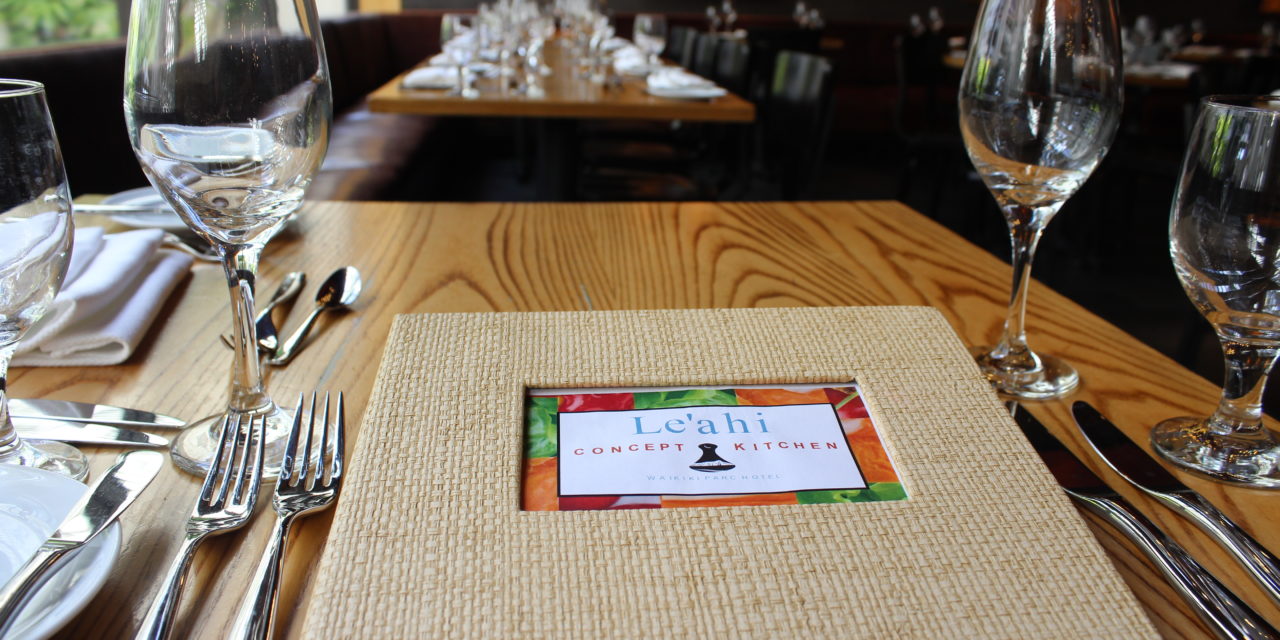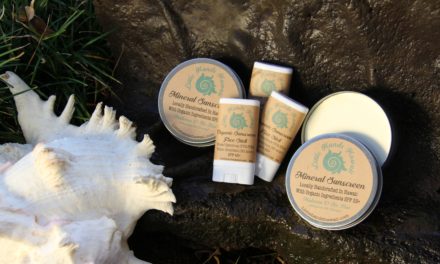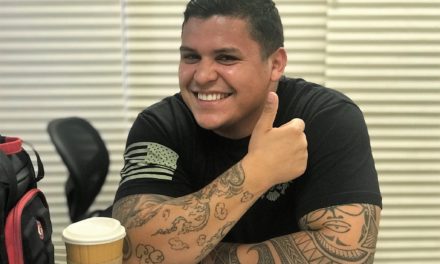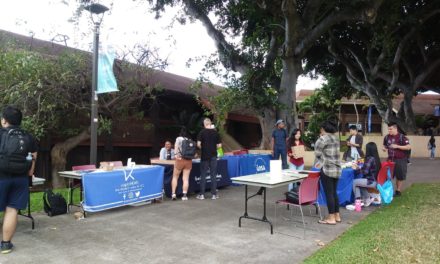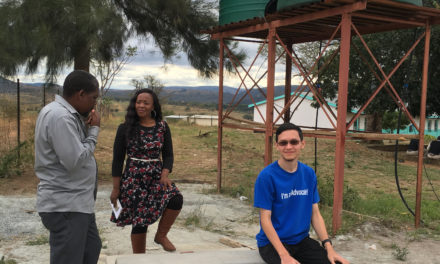By Lexus Yamashiro | Staff Writer
When Ronald Takahashi, the department chair of the Culinary Arts Program, was given the opportunity to operate a fully equipped restaurant in place of Nobu’s Waikīkī in the Waikīkī Parc Hotel, he immediately took the offer to develop a pop-up restaurant that would serve as an on training site for culinary and hospitability students to work in. After 3 to 4 months of working out an agreement with Halekūlani Corporation along with having to follow procurement rules through the UH System, the Culinary Arts program successfully opened the Lēʻahi Concept Kitchen in late March.
Located on 2233 Helumoa Rd., Lēʻahi was provided with an endowment through Lyle and Grace Guslander — whom were prominent hoteliers — to operate as a restaurant that would test concepts that can be used toward a new restaurant that will eventually operate year-round at the Culinary Institute of the Pacific (CIP) in the future, and to expose students to levels of expertise that some of the top chefs in the world demonstrate through their profession.
The restaurant was designed to provide livable wages for all of the students working there, resulting in a gratuity-free zone. Instead, a 15% service fee is required for customers to pay, which goes back to KCC to offset the high costs of campus maintenance and more. Lēʻahi also has a BYOB policy in which a corkage fee of $10 per bottle of wine and $1.00 per bottle of beer is provided to guests.
According to dining room manager Robert Leisure, about 22 students work in the back of the house while about 16 students can be found working in the front of the house – a few were noted to not be culinary students from KCC, but are Liberal Arts majors or students from UH Mānoa.
Currently, culinary students are working alongside Executive Chef Eddie Mafnas, who is a KCC alumni and chef of the Guslander Distinguished Visiting Global Chef series. Mafnas collaborates with the culinary students in an effort to comprise a menu that follows a farm to table concept to support local agriculture and sustainability.
“[The students] are given a chance to showcase their menu styles with our theme of Pacific Rim [and] Hawaiʻi Regional cuisine, [and] we can put some of those flavors together with us being a big melting pot here in Hawaiʻi,” Mafnas said. “We really want to showcase our local farmers with different types of cooking styles and different cuisines that we are going to be bringing to the islands.”
Of the ideas that Mafnas and his student chefs were able to integrate, they were able to generate a menu that revolves around a Pacific Rim cuisine including some French and Asian influences. Mafnas shared that everyday, different students working in the kitchen are given the chance to cook their family meal of choice, representing where they came from and what they have learned from home. Being that the menu is seasonal, Mafnas said that he is able to change what meals can be made for the night, allowing some of the students family meals to be placed on the menu for a short period of time.
Compared to the KCC restaurant, Ka ʻIkena, Lēʻahi is set in much higher standards. The students are driven to practice safety, sanitation, and budgeting, including developing the ability to create a business plan, which will benefit them in the future to work towards becoming private chefs.
Andrew Wong, a second-year KCC culinary student, drew interest to work at Lēʻahi for a chance to practice his culinary skills, which he said is helping to serve as a supplement to what he learns in school. Through his time spent working in the restaurant, the 19-year-old is gaining new knowledge of the food industry while working alongside globally renowned chefs, which helps him as he works toward his goal of becoming a chef owner.
“We learn [about] safety and sanitation in school … and I get to apply things we learn in class into a real food industry kind of setting,” Wong said. “There’s a lot of discipline [involved] … and I think you need that kind of discipline and commitment to be a chef owner.”
Although Lēʻahi will not be a permanent eatery, a new restaurant will operate at the CIP within 2 to 3 years, which will involve the concepts developed at Lēʻahi, and serve differently compared to the instructional restaurants on campus. Although a name of the restaurant and the menus cannot be determined now, it will be made to attract both tourists and residents.
“[The food industry is] a constant evolving, changing, adapting industry,” Takahashi said. “The concepts, the menus, will probably be the result of the lessons learned at Lēʻahi.”
With the Culinary Arts program welcoming its pop-up restaurant, it is also providing an opportunity for those who want to learn the fundamentals of culinary through the Hawaiʻi Cook Apprenticeship Program at the CIP. Open to any employer of a restaurant who would like their employee to be trained, apprentices of the program would be working to develop basic culinary skills and knowledge to expand on a career advancement.
Apprentices who successfully complete this program, which is free of charge, will gain 2,000 work hours and 210 instructional hours while enrolled in distance education lecture courses and a six-hour in-person lab class held at the on-campus restaurants of KCC.
Lēʻahi is open daily from 5:00 p.m. to 10:00 p.m. with the last seating at 9:30 p.m. Guests can find parking in the Halekūlani parking garage off Helemoa Road, which provides complimentary valet for customers.
To learn more about the Lēʻahi Concept Kitchen, contact operations manager John Mizokawa at 808-734-9470 or johnmizo@hawaii.edu.
To schedule a reservation, visit the Lēʻahi Concept Kitchen Yelp page here or call 808-971-6300 for parties of six or more.
To learn more about the Hawaiʻi Cook Apprenticeship Program, visit it’s page here or contact Marcus Fikse at 425-308-6163 or marcusjt@hawaii.edu.

